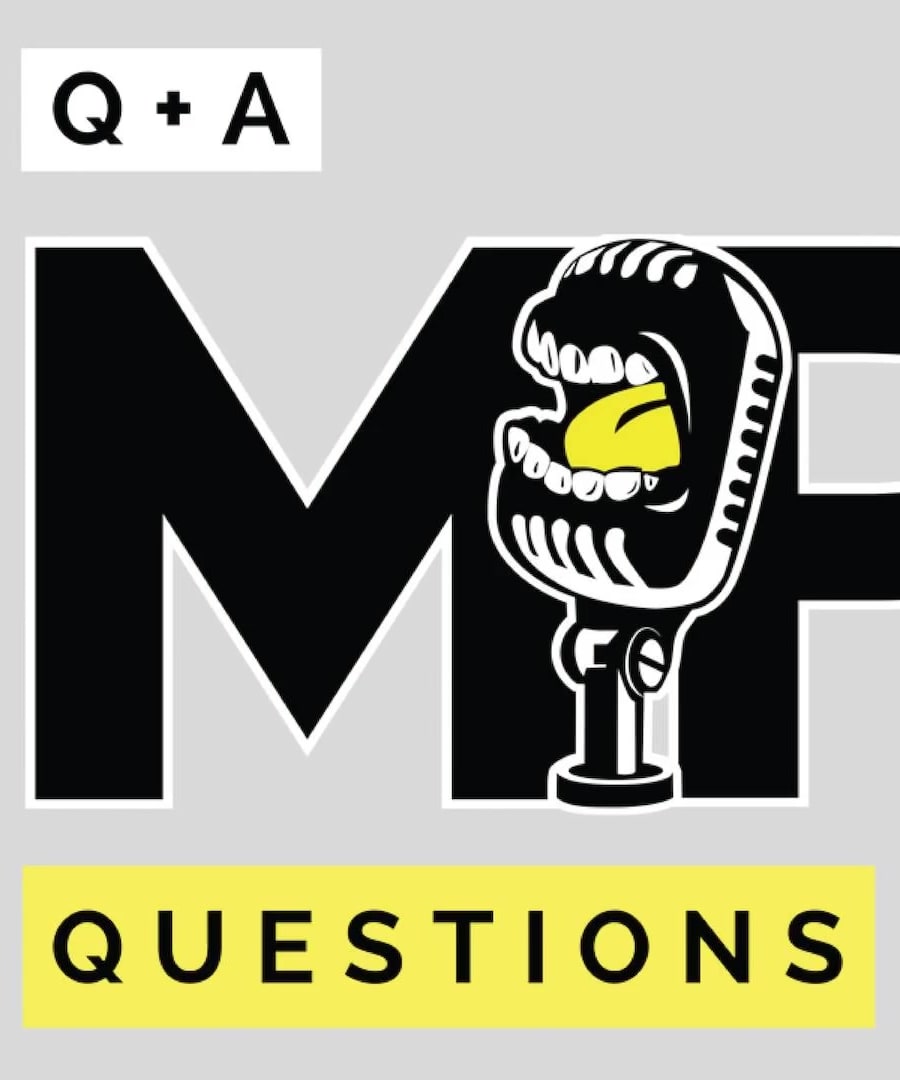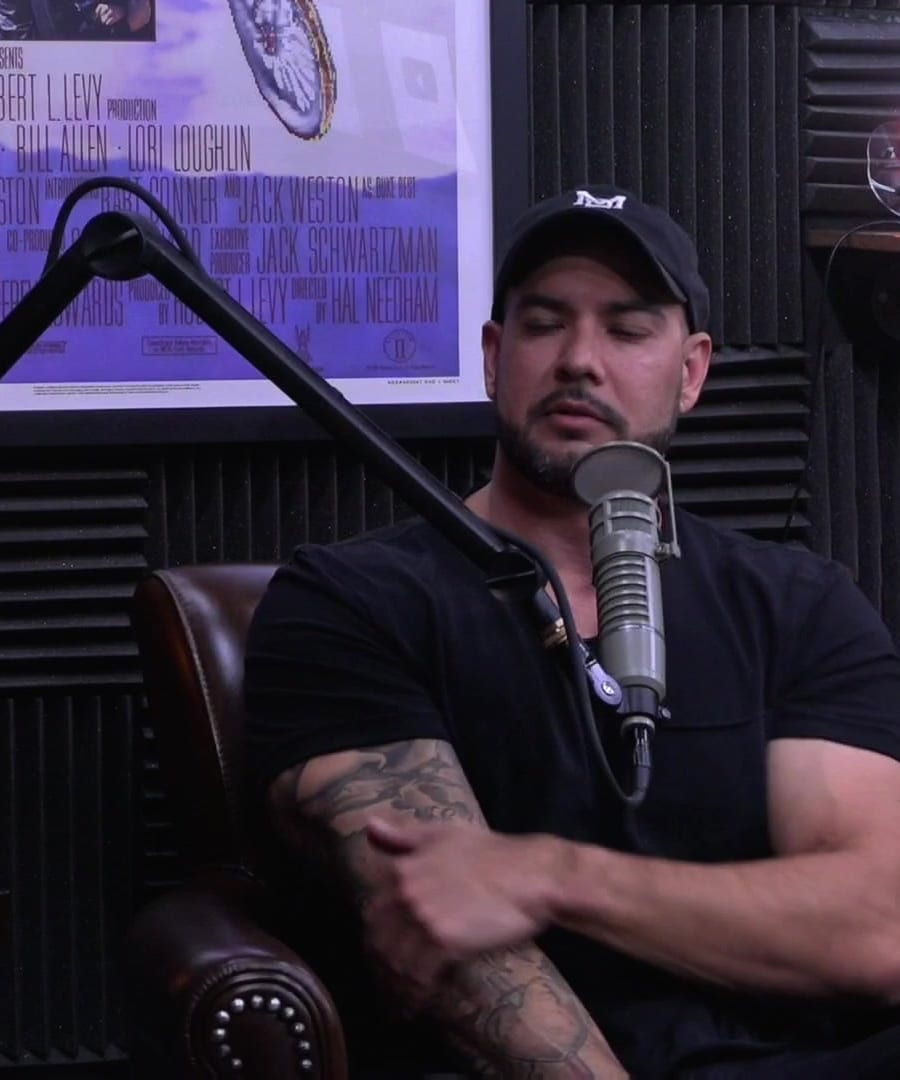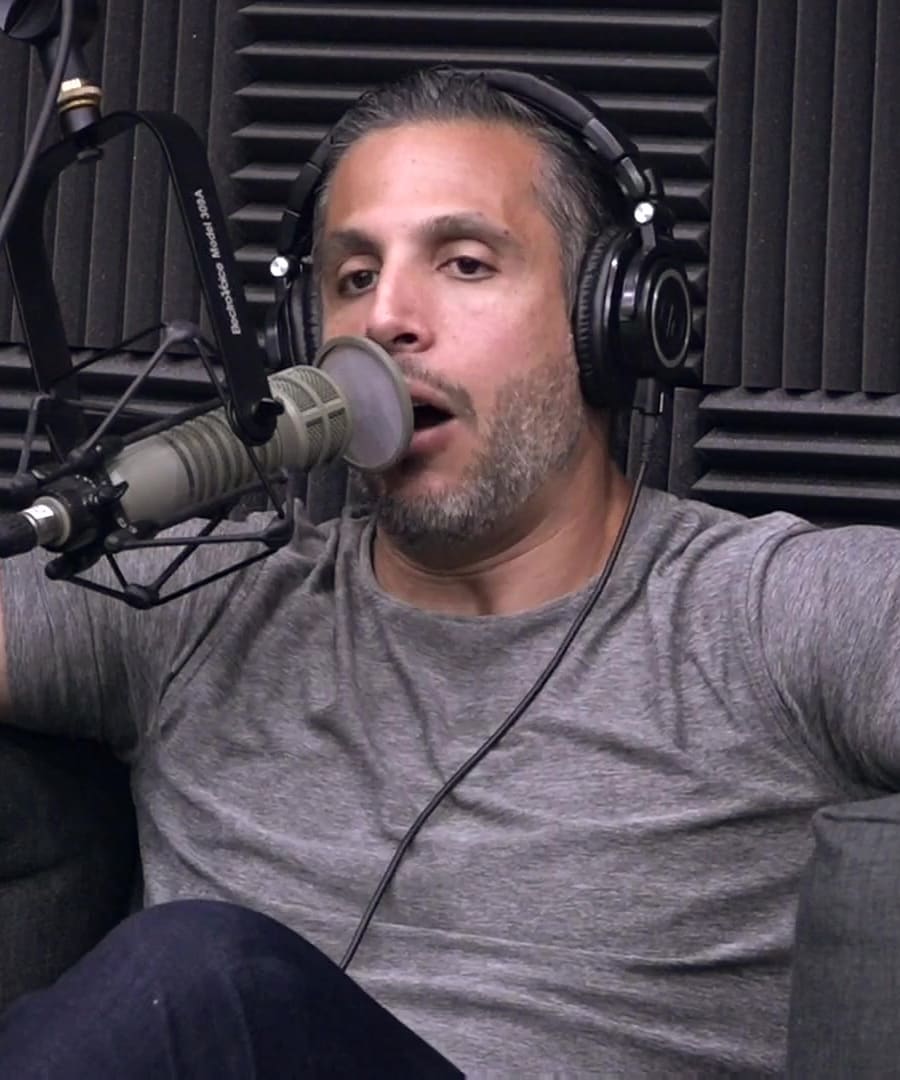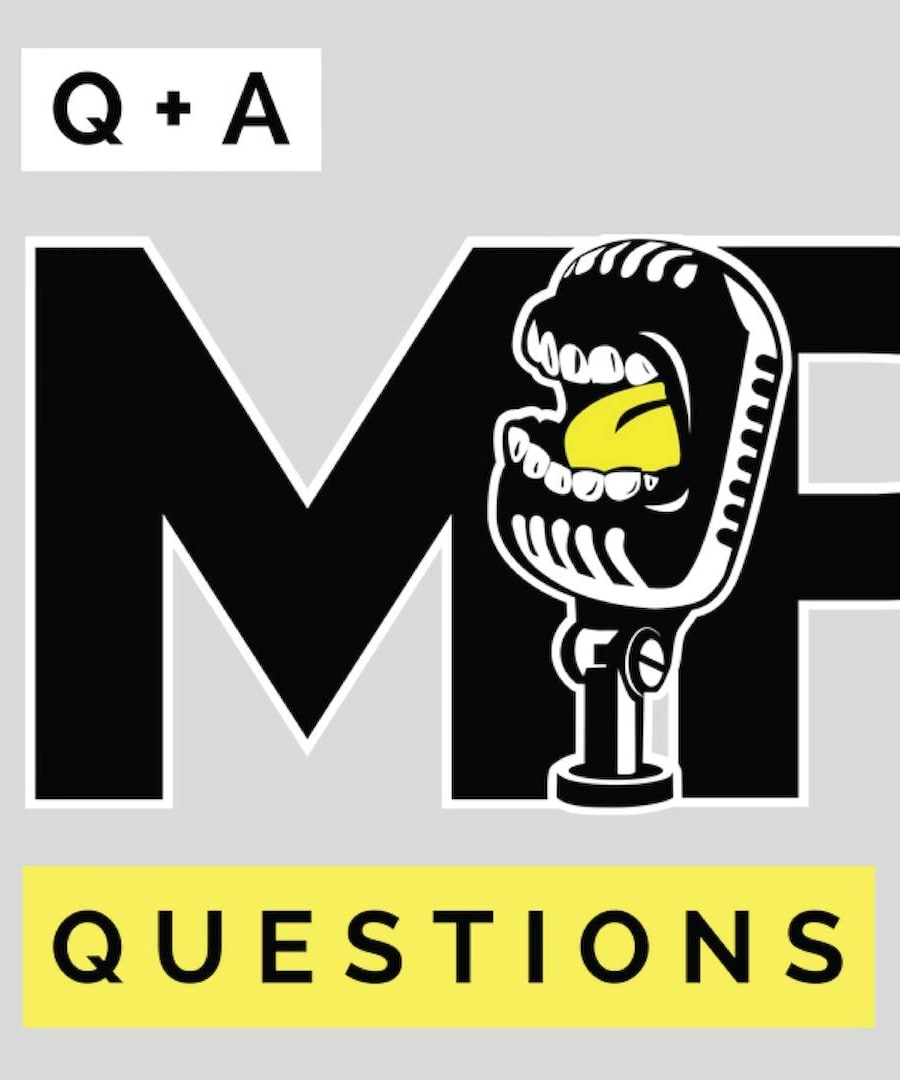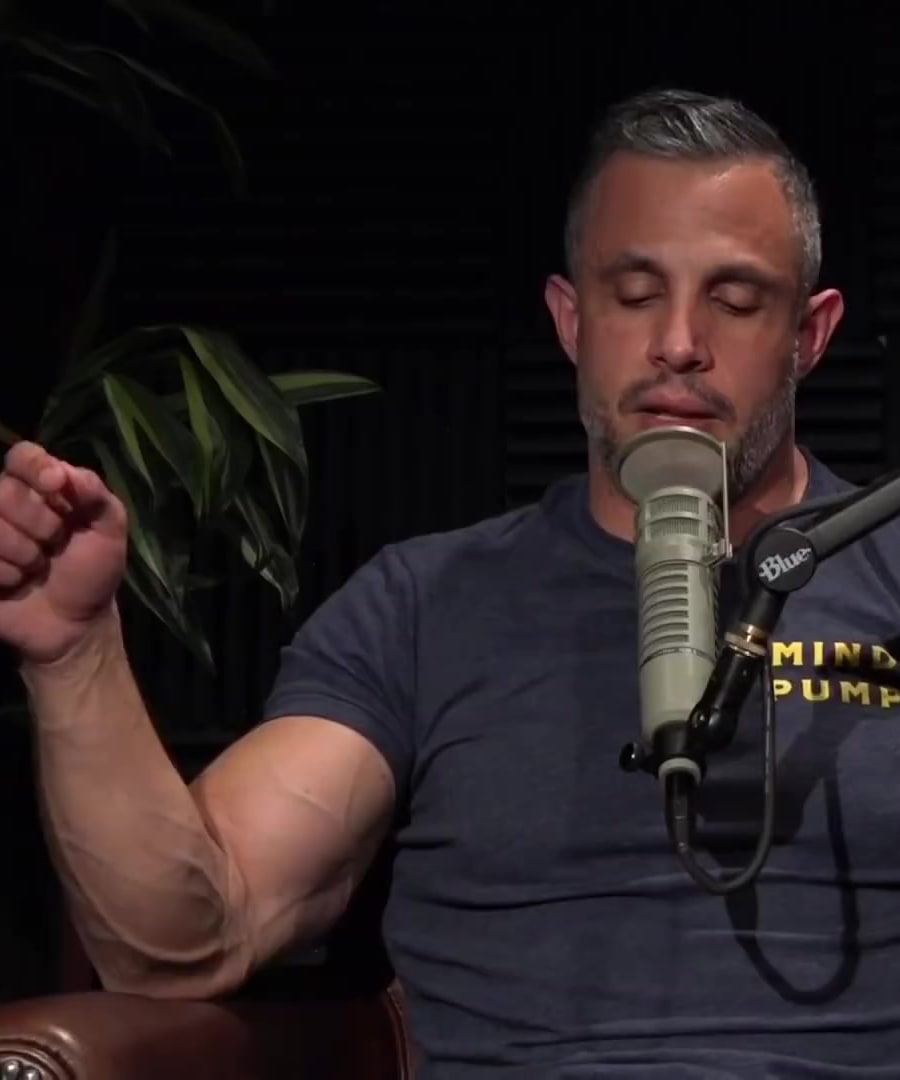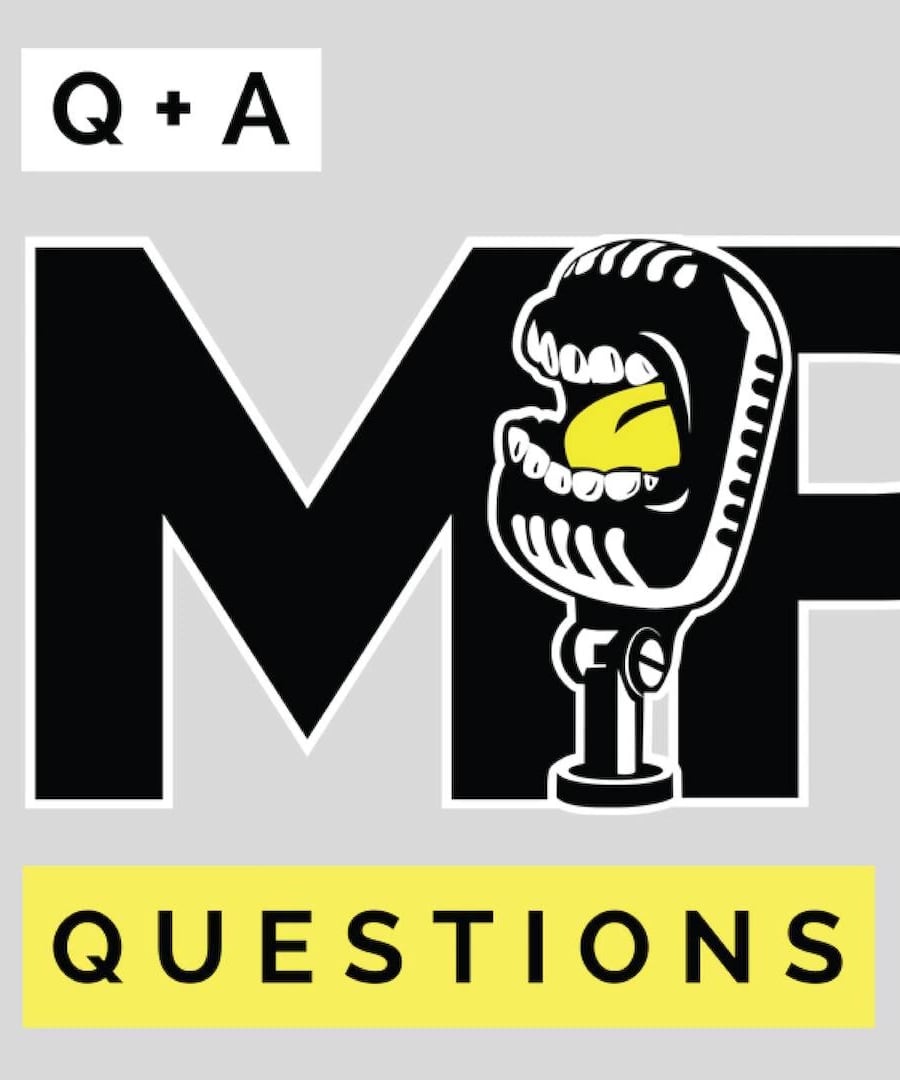I just purchased Maps symmetry. The first phase seems very light, more about mobility than strength. If my goal is strength, should I skip phase 1?
Sources:
It's crucial to complete Phase 1 of the Maps Symmetry program, even if it seems light and more focused on mobility. Skipping this phase might not be the best approach for your overall strength and development. The experts at Mind Pump emphasize that the initial phase is designed to address underlying imbalances and mobility issues, which are critical for long-term strength gains and injury prevention.
Sal Di Stefano, a co-founder of Mind Pump, explains that building a strong, balanced, and aesthetic physique involves unilateral training and achieving symmetry between the right and left sides of the body. Phase 1 lays this foundation, ensuring both sides develop equally before moving to more intensive strength training 1 2. This is supported by the overall structure of the Maps Symmetry program, which progresses towards a final phase that focuses on bilateral strength and muscle building 3.
By completing Phase 1, you allow your body to adjust and correct any imbalances, which ultimately supports better performance and strength in later phases. Skipping this phase might leave you with unchecked imbalances that could hinder your progress or lead to injuries.
So, even if your goal is primarily strength, it's recommended to follow the program as designed to achieve the best long-term results.
RELATED QUESTIONSI don’t have enough time for the triggers session, due to work and family commitments. Is it ok to only do the foundational workouts?
Sources:
It’s understandable that time constraints can make it challenging to fit in all aspects of a workout program. According to the Mind Pump hosts, while skipping trigger sessions reduces the overall effectiveness of the Maps Symmetry program slightly, the foundational workouts are still highly beneficial.
Sal Di Stefano mentions that including trigger sessions can add about 5-10% to the results in terms of muscle growth, strength, and fat loss 1. However, the foundational workouts are the core of the program and will still deliver significant results on their own 2.
If time is a constraint, try to incorporate trigger sessions in a flexible way, such as performing brief 8-10 minute sessions a few times during the day. Even small amounts of activity can help maintain muscle-building signals and facilitate recovery without requiring a huge time commitment 3 4.
Thus, focusing on the foundational workouts alone is acceptable, especially under tight schedules, but try to fit in trigger sessions when possible for optimal results.
RELATED QUESTIONSIn Symmetry phase 2 a lot of exercises require cable machines. I don’t have access to a cable machine. Can I use dumbbells instead?
Sources:
If you don't have enough time to complete the trigger sessions due to work and family commitments, it's okay to rely mainly on the foundational workouts. While trigger sessions add about 5-10% more effectiveness in terms of muscle growth, strength, and fat loss, the foundational workouts alone are still highly valuable and will deliver significant results 1 2.
However, if you can occasionally fit in short trigger sessions, even just a few minutes of bodyweight exercises or resistance bands, they can help maintain muscle-building signals and facilitate recovery without requiring a large time commitment 3 4. This flexibility might help you incorporate them sporadically when your schedule permits.
Thus, focusing on the foundational workouts is perfectly reasonable, and any additional trigger sessions you can manage will be a bonus for your fitness progress.
RELATED QUESTIONSWhich cable exercises can be replaced with dumbbells?
Sources:
Replacing cable exercises with dumbbells at home is doable for most movements. Here are some effective substitutions discussed by the Mind Pump hosts:
-
Tricep Pressdowns:
- Replace with Dumbbell Overhead Tricep Extensions to maintain a similar line of resistance.
-
Cable Flyes:
-
Standing Cable Rows:
- Replace with Bent-Over Dumbbell Rows to work the same muscles while engaging more stabilizing muscles.
-
Cable Lateral Raises:
- Replace with Dumbbell Lateral Raises. Ensure a controlled form, emphasizing the top portion of the movement.
-
Cable Rear Delt Flyes:
- Replace with Bent-Over Dumbbell Flyes. Keep the movements light and focus on isolating the rear delts without letting your back muscles take over 2.
Using resistance bands can also mimic the constant tension provided by cables. They are particularly useful for movements where maintaining tension throughout the range of motion is challenging with dumbbells 3.
Ultimately, while dumbbells may not perfectly replicate cable resistance, they can be effectively used to target similar muscle groups by focusing on proper form and technique.
RELATED QUESTIONS-
What are more cable exercises replaced by dumbbells?
Sources:
In addition to the previously mentioned exercises, here are more cable exercises that can be replaced with dumbbells, as discussed on the Mind Pump Podcast:
-
Cable Bicep Curls:
- Replace with Dumbbell Bicep Curls. Focus on maintaining good form and achieving a full stretch and contraction in the movement.
-
Cable Tricep Extensions:
- Replace with Dumbbell Tricep Kickbacks. Ensure to keep your upper arm parallel to the floor for effective isolation.
-
Cable Crescent Lateral Raise:
- Replace with Dumbbell Lateral Raise. The key is to control the movement and not use momentum.
-
Cable Ab Rotations:
- Replace with Dumbbell Russian Twists. This exercise effectively targets the obliques similar to cable ab rotations.
-
Cable Rows:
- Replace with Bent-Over Rows using Dumbbells. This works the same muscles while engaging stabilizing muscles.
The key advantage of replacing cable exercises with dumbbells is the focus on different aspects of muscle engagement. For instance, dumbbells emphasize more on the stretch, particularly in fly movements, while cables can offer continuous tension through the entire range of motion 1 2 3.
Always be mindful of the different resistance curves provided by free weights and cables, aiming to replicate the effective range of motion and muscle engagement 2. For certain movements, incorporating resistance bands can also help mimic the continuous tension provided by cables 1.
RELATED QUESTIONS-
Can I replace Single-leg cable hinge with a dumbbell exercise? Which one?
Sources:
Yes, you can replace the single-leg cable hinge with a dumbbell exercise. A great alternative would be the Single-Leg Dumbbell Deadlift. This exercise offers similar benefits, focusing on the posterior chain, including the glutes and hamstrings, while also enhancing balance and stability.
While discussing with the Mind Pump Podcast, highlighted the benefits of single-leg deadlifts for hip strength, anti-rotation, and overall stability. He mentioned that even without resistance, single-leg deadlifts can be very challenging and effective 1.
Additionally, recommended single-leg toe touches with or without light weights when experiencing lower back issues from traditional deadlifts, emphasizing the balance and slow controlled movements 2. This suggestion reinforces the suitability of dumbbell single-leg deadlifts as a robust alternative to the single-leg cable hinge.
RELATED QUESTIONSAnd for alternating cable crossover?
Based on the principles discussed on Mind Pump Podcast, a practical alternative to the alternating cable crossover using dumbbells would be the Dumbbell Flyes.
Dumbbell Flyes mimic the movement pattern of cable crossovers and similarly target the chest muscles. They are performed lying on a bench, providing a consistent resistance to the pectoral muscles, similar to cable crossovers.
:Execution:
- Lie down on a flat bench with a dumbbell in each hand, held above your chest with a slight bend in your elbows.
- Slowly lower the dumbbells out to your sides in a wide arc until you feel a stretch in your chest.
- Bring the dumbbells back together in the same arc, squeezing the chest muscles at the top.
Benefits:
- Focuses on the same chest muscles as the cable crossovers.
- Offers a good stretch and contraction of the pectoral muscles.
- Can be performed with minimal equipment.
While not citing a specific clip, these recommendations align with Mind Pump hosts' frequent emphasis on exercises that promote muscle engagement and functional strength training.
RELATED QUESTIONSWhat are other alternatives to cable crossovers?
Sources:
Here are some practical alternatives to cable crossovers that target the chest effectively:
Dumbbell Flyes
- Execution: Perform lying on a flat or inclined bench, allowing a wide arc with a slight bend in the elbows for a full stretch.
- Benefits: Mimics the movement pattern of cable crossovers and effectively targets the chest.
Incline Dumbbell Press
- Execution: Use an inclined bench with dumbbells, pressing upwards as you focus on contracting the upper chest.
- Benefits: Allows for heavier loads, promoting overall chest mass and targeting the upper chest effectively.
Machine Flyes
- Execution: Utilize a dedicated chest fly machine, focusing on bringing the handles together in front of you.
- Benefits: Offers a consistent resistance curve and can be less intimidating for beginners 1.
Bench Press (Flat or Incline)
- Execution: Perform with a barbell or dumbbells on a flat or incline bench, pressing the weights upwards and focusing on squeezing the chest muscles.
- Benefits: Great for overall chest development and allows for heavier weights than fly variations 2 3.
Push-ups
- Execution: Perform with hands placed slightly wider than shoulder-width. Variations like incline or decline push-ups can target different parts of the chest.
- Benefits: Bodyweight exercise that can be done anywhere, effective for building functional strength.
Chest Machine Press
- Execution: Use a chest press machine, which provides guided movement and uniform resistance throughout the motion.
- Benefits: Reduces the need for stabilization compared to free weights, allowing focus on chest contraction.
Pec Deck Machine
- Execution: Use a pec deck machine, bringing the arms together in front of your body.
- Benefits: Emphasizes the inner chest and provides a consistent resistance curve 1.
Muscle Finishers
These can involve cable exercises or machine exercises to add volume without causing significant muscle damage:
- Example: Use cable crossovers as a finisher after a chest workout to pump more blood into the muscles without additional heavy load 4.
These alternatives can help you target your chest muscles effectively, whether you aim for hypertrophy or developing greater muscle activation.
RELATED QUESTIONSAnd for seated single arm cable row?
Sources:
Here are some effective alternatives to the seated single-arm cable row that can target your back muscles similarly:
Dumbbell Rows
- Execution: Perform with one arm and one leg on a bench, pulling a dumbbell towards your hip while keeping your back flat.
- Benefits: Allows for single-arm focus, helping to correct muscle imbalances and strengthening the lats effectively.
T-Bar Rows
- Execution: Use a T-bar row machine or a barbell in a landmine setup, pulling the handle towards your chest while maintaining a bent-over position.
- Benefits: Provides a heavy compound movement that targets the middle and upper back.
Bent-Over Barbell Rows
- Execution: With a barbell and a slight bend in the knees, bend forward at the waist and row the barbell towards your lower chest or upper stomach.
- Benefits: Great for overall back thickness, allowing the use of more weight compared to single-arm variations.
Sled Rows
- Execution: Attach ropes or straps to a sled, get into a squat position, and explosively row the sled towards you.
- Benefits: Focuses on the concentric muscle action, beneficial for adding volume without heavy muscle damage 1.
Kettlebell Rows
- Execution: Similar to dumbbell rows but using kettlebells. You can add a rotational movement at the top for additional core engagement.
- Benefits: The offset weight of the kettlebell can provide a different stimulus to the back muscles 1.
Pendlay Rows
- Execution: Start with a barbell on the ground, bend over, and explosively row the barbell to your lower chest, then let it return to the ground each rep.
- Benefits: Focuses on power and strength, with a full range of motion and minimal lower back strain.
Machine Rows
- Execution: Use seated or chest-supported row machines, focusing on squeezing the back muscles at the end of the movement.
- Benefits: Provides a guided movement path, reducing the need for stabilization and focusing more on muscle contraction 2 3.
Incorporating these alternatives can provide variety and prevent adaptation, ensuring continuous progress in back strength and muscle development.
RELATED QUESTIONSAnd for single arm cable fly?
Sources:
Here are some effective alternatives to the single-arm cable fly, focusing on providing a similar chest workout stimulus:
Dumbbell Flyes
- Execution: Lying on a bench, hold dumbbells with arms extended above the chest, then lower the weights to the sides until you feel a stretch in your chest before bringing them back to the starting position.
- Benefits: Works the chest similarly by targeting the stretch and contraction of the pectoral muscles in an isolated manner.
Machine Chest Press
- Execution: Use a chest press machine with one arm at a time, pushing the handle forward and focusing on the muscle contraction.
- Benefits: Provides stability and allows for isolation of the chest muscles without needing to balance free weights.
Push-Ups with Shoulder Taps
- Execution: Perform a push-up and at the top, tap the opposite shoulder with each hand.
- Benefits: Engages the chest while also activating the core for stability and balance.
Single-Arm Dumbbell Bench Press
- Execution: Lie on a bench holding a dumbbell in one hand, press the weight up, and then bring it down slowly, focusing on the chest contraction.
- Benefits: Allows for unilateral strength development and isolates the chest muscles effectively.
Pec Deck Machine
- Execution: Sit on the pec deck machine and perform fly movements, concentrating on squeezing your chest muscles.
- Benefits: Provides constant tension throughout the range of motion, similar to the cable fly 1.
Cable Crossovers
- Execution: Using a cable machine, grab the handles with arms extended and draw them together in front of your chest, focusing on the contraction.
- Benefits: Similar range of motion and muscle engagement to the single-arm cable fly, with the benefit of adjustable pulley heights for different angles.
Resistance Band Flyes
- Execution: Secure a resistance band to a stationary object, grab the handles, and perform fly movements similar to the cable version.
- Benefits: Provides variable resistance and can be performed almost anywhere, making it a versatile alternative.
These alternatives can help maintain variety in your chest workouts, avoid plateaus, and address different aspects of muscle engagement and development.
RELATED QUESTIONS




